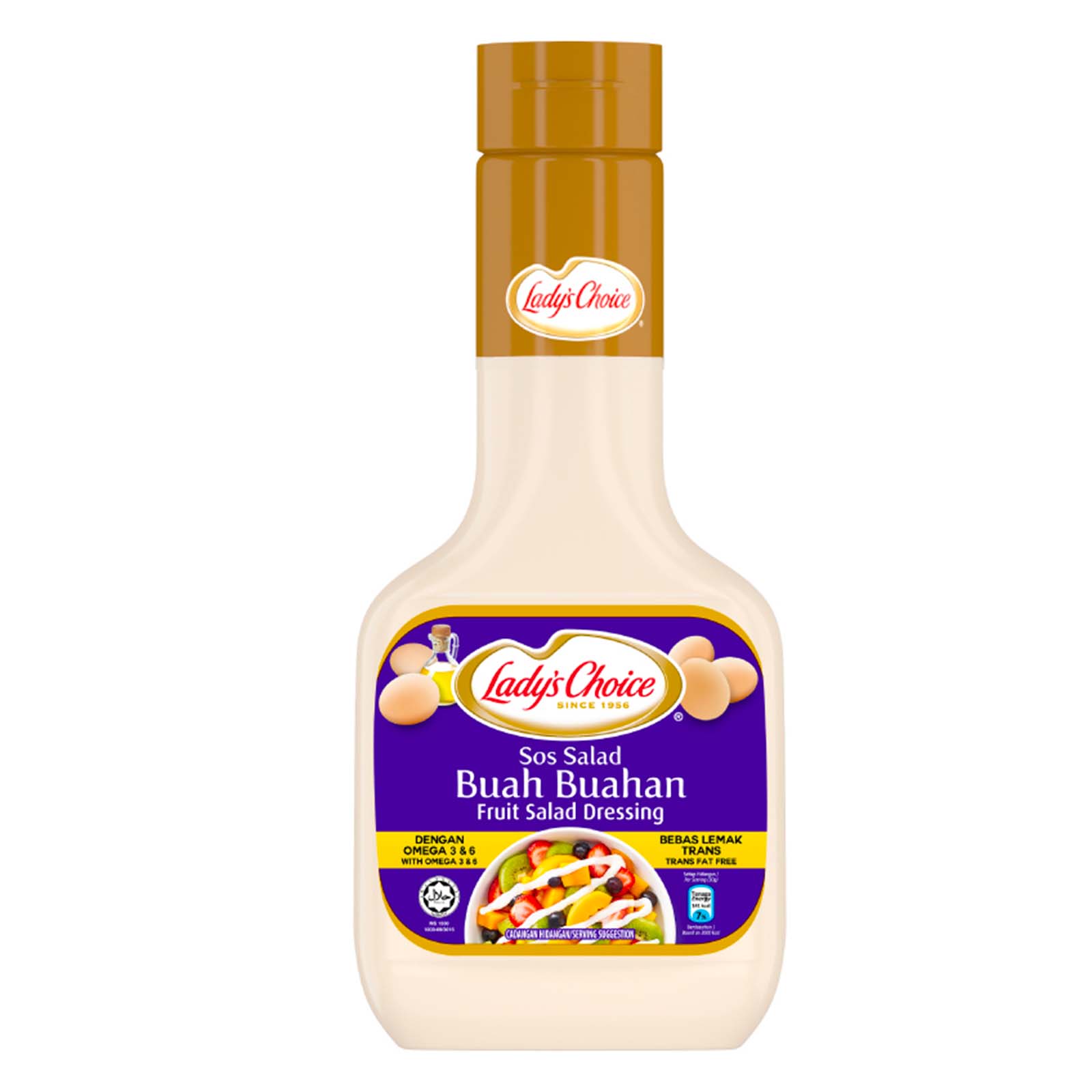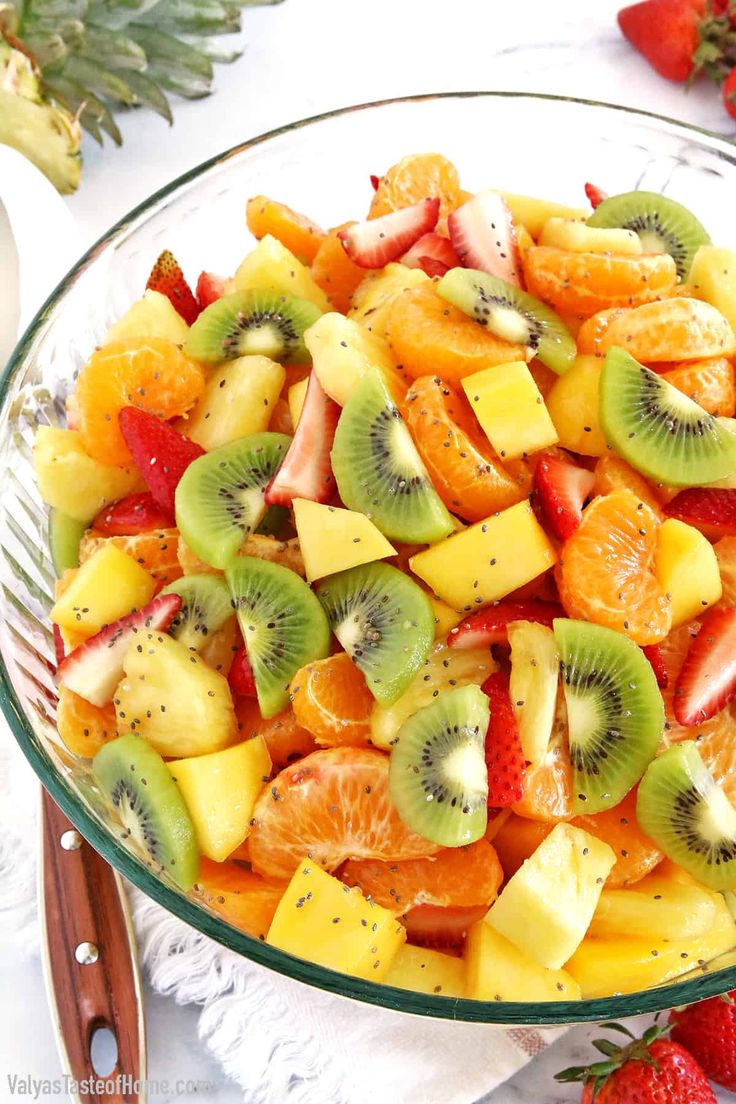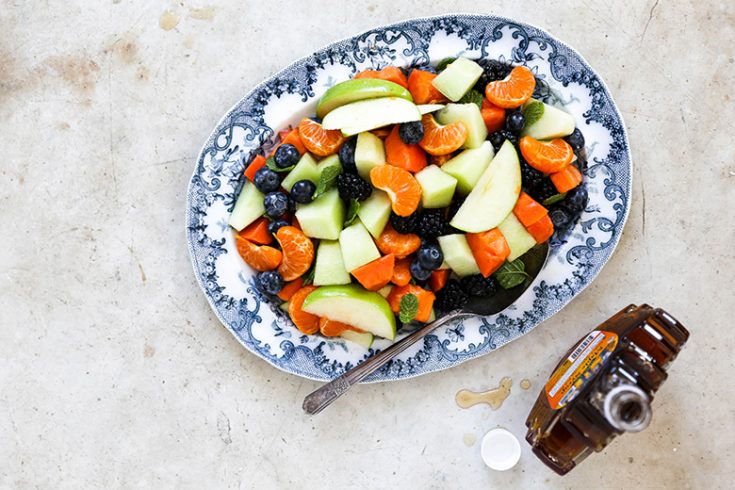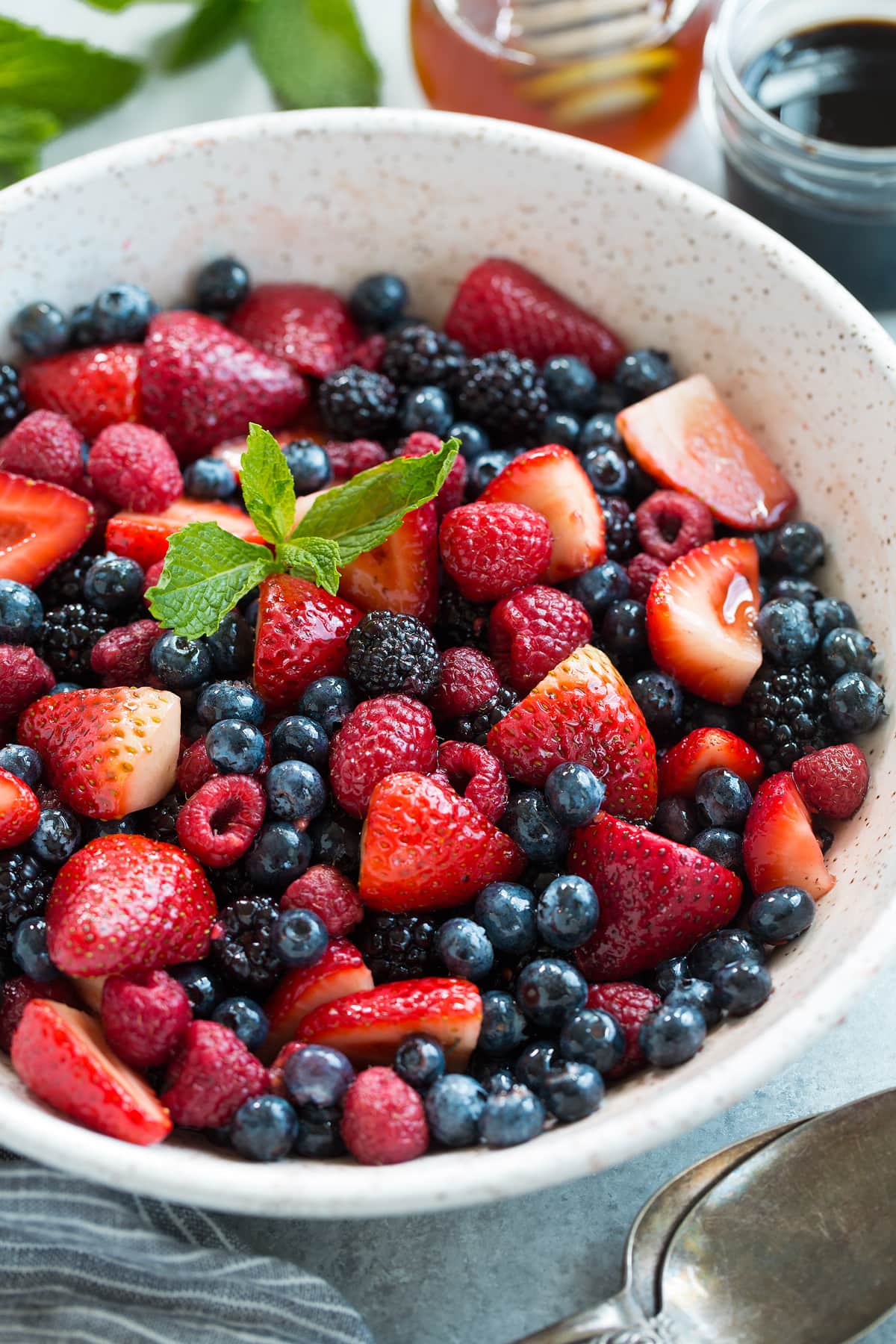Fruit salad is a beloved dish enjoyed by many across the globe. Whether served as a dessert, a refreshing snack, or a side dish, the vibrant mix of fruits is both healthy and delightful. However, the secret to elevating a simple fruit salad to a culinary masterpiece often lies in the dressing. In this comprehensive guide, we’ll explore the art and science behind fruit salad dressings, their impact on the dish’s flavor profile, and how to create your own.
The Role of Dressing in a Fruit Salad
Understanding Fruit Salad Fundamentals
Fruit salad, a medley of various fruits, provides a canvas for a spectrum of flavors and textures. The dressing acts as an enhancer, melding these individual notes into a harmonious symphony. It’s the bridge between sweet, tangy, and savory components, adding depth and transforming the fruits into a cohesive and sumptuous dish. A well-crafted dressing can also add visual appeal, giving the salad an appetizing sheen that invites the first bite.

The Impact of Dressing on Taste and Health
When it comes to fruit salad dressing, the balance of taste and health is paramount. The dressing should enhance the natural sweetness and tartness of the fruit without overpowering it. Moreover, it can add nutritional value with ingredients like honey, yogurt, or nuts. Health-conscious individuals might seek dressings that are low in sugar and high in beneficial fats, while others might indulge in creamy or sugary options for a more decadent experience.
Crafting the Perfect Fruit Salad Dressing
Exploring Base Ingredients
The base of any fruit salad dressing is vital – it sets the stage for the flavor profile. Common bases include citrus juices, which add a bright acidity, or dairy products like yogurt or sour cream, offering a creamy texture and tang. For a healthier option, olive oil or avocado can provide a silky mouthfeel while contributing healthy fats. Balancing the base with the fruit selection is crucial, as it can either enhance or mask the natural flavors of the components.
Infusing Sweetness and Spice
Sweeteners and spices are powerful tools in a fruit salad dressing. The type of sweetener—whether honey, agave, maple syrup, or traditional sugar—can impart different flavors and textures. Spices and herbs like cinnamon, mint, or basil can introduce an unexpected twist, adding complexity to a seemingly straightforward dish. The key is to incorporate these flavor enhancers thoughtfully so that they complement, rather than overpower, the inherent taste of the fruit.

The Infinite Variations of Fruit Salad Dressing
Embracing Regional and Seasonal Inspirations
The beauty of fruit salad dressing lies in its versatility. Different regions inspire unique combinations, like a tropical fruit salad dressed with coconut milk and lime or a Mediterranean-inspired mix with a honey-balsamic reduction. Seasonal ingredients can also guide the dressing choice, ensuring that the flavors are at their peak and align with the fruits’ natural seasonality, thus elevating the overall dish.
Tailoring Dressings to Dietary Preferences
In today’s diverse dietary landscape, it’s essential to account for various nutritional and lifestyle needs. Fruit salad dressings can be adapted for vegan, gluten-free, or low-calorie diets with simple substitutions. Nut and seed butters can replace dairy for a creamy texture in vegan applications, while natural sweeteners like stevia can cater to those avoiding refined sugars. Experimenting with different ingredients allows for inclusivity and ensures everyone can enjoy a delicious fruit salad.
Let’s delve deeper into the first expanded section:

Understanding Fruit Salad Fundamentals
At its core, fruit salad is a celebration of the natural bounty that each season offers. It is a dish that spans cultures and climates, utilizing whatever fresh produce is available. The versatility of fruit salad lies in its simplicity – a selection of fruits cut into bite-sized pieces, perhaps with a sprinkle of herbs or a handful of nuts for texture. The real transformation occurs, however, when a dressing is added to the mix.
The dressing serves several purposes in a fruit salad. It acts as a cohesive element, binding the flavors and textures together. Additionally, it can underscore or enhance the nuances of each fruit. A tangy citrus-based dressing, for instance, can elevate the sweetness of berries, while a luscious honey-yogurt dressing can temper the tang of kiwi or pineapple. The dressing doesn’t just coat the fruit; it seeps into it, marrying the flavors and creating something greater than the sum of its parts.
Another aspect to consider is how dressing affects the appearance. A glossy dressing can make the colors of the fruit pop, creating a visual feast that beckons the eater. It can also add a layer of freshness, especially if it includes herbs or zest, which can spark both the eyes and the palate. A well-executed fruit salad dressing not only tantal

The Impact of Dressing on Taste and Health
Indulging in a fruit salad is often associated with making a healthy dietary choice, and the dressing can either emphasize or diminish this benefit. It is important to craft a dressing that enhances the fruit’s natural flavors without introducing an excess of sugars or unhealthy fats. Natural sweeteners like honey or maple syrup can provide the required sweetness while also supplying additional nutrients and antioxidants. Conversely, refined sugars, while tempting for their sweet punch, offer less nutritional value and may lead to spikes in blood sugar levels.
Infusing dressings with spices and extracts presents another opportunity to boost both flavor and health benefits. For instance, adding cinnamon can not only provide warmth and depth to the taste but also offers anti-inflammatory properties. Citrus zests elevate flavor profiles with their oils and contribute vitamin C, an essential nutrient. Yogurt or kefir-based dressings introduce probiotics, benefiting digestion and adding a creamy texture without the need for heavy creams or mayonnaise.

It is also crucial to consider the viscosity of dressings in relation to health. Light and fluid dressings evenly coat the fruits without adding excessive calories or overshadowing the fruit’s freshness. Thicker dressings should be used sparingly, or they might inundate the delicate structure of the fruits, making them soggy and overly rich. Balancing taste and health requires mindfulness and creativity, resulting in dressings that are both delightful and nourishing.
The versatility of fruit salad dressings is a splendid canvas for culinary exploration, allowing one to cater to diverse taste preferences and dietary needs. Experimentation is encouraged; blending sweet, tangy, and savory elements with nutritional considerations in mind will lead to discovering your personal perfect combination.


